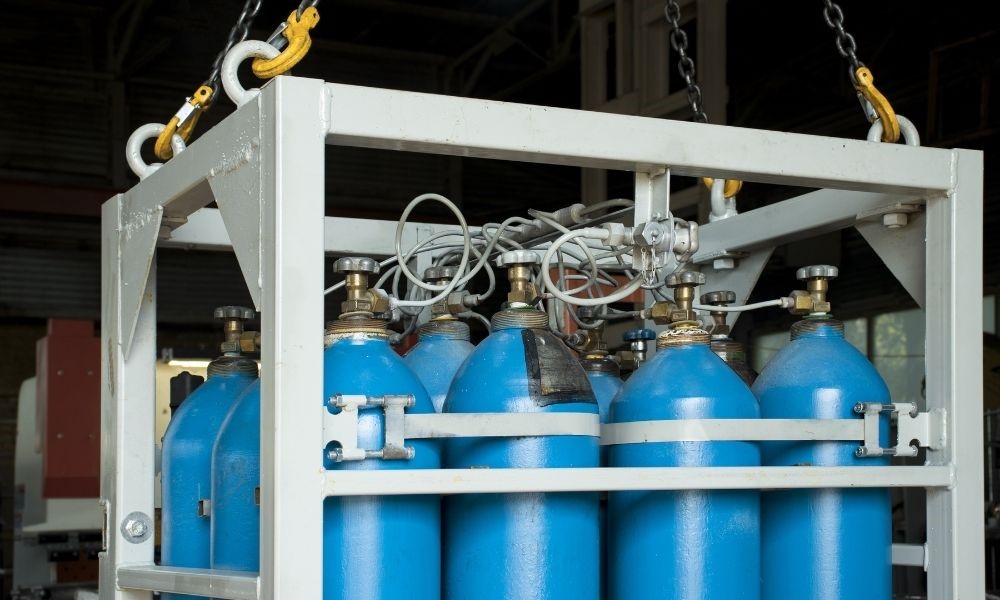The Common Types of Industrial Gas

Manufacturers run machines that either need gas to operate or produce gas while in use. Elemental gases are critical to understand, since they power many of the functions in a factory. Here are the common types of industrial gas you should know.
Hydrogen
Hydrogen is one of the most common industrial gases. As a highly volatile elemental gas, it requires special handling and storage. Hydrogen is a colorless, flammable gas, so it can pose a danger when unnoticed. However, these properties make hydrogen the perfect industrial gas for application in everything from petroleum refining to rocket fuel.
Nitrogen
Nitrogen is quite unique among industrial gases. Cryogenic technologies—not like the science fiction movies—allow technicians to produce and refine nitrogen at very low temperatures. This means they can liquefy nitrogen gas at high pressures. Liquid nitrogen is easier to store and transport, so this is a common way to handle the element. Though it is an inert gas, people use nitrogen in fertilizers and TNT.
Oxygen
Oxygen is essential to sustaining life on earth. Its presence in the atmosphere provides air for our lungs. However, it is also a highly valuable industrial gas. This colorless gas is much like nitrogen—technicians can liquefy it for transport. In fact, liquid oxygen is famous for its use as a rocket propellant. Though it is not flammable itself, oxygen is an oxidizer that supports the process of combustion. Other industrial uses for oxygen include laser cutting and wastewater treatment. One of its most important functions, though, is in medicine. Medical oxygen tanks act as a breathing aid for those who cannot breathe on their own.
Methane
Methane is a significant component in natural gas and is itself a greenhouse gas. Right away, one may understand its value in the utility and energy industries. As a flammable substance, it is quite explosive. It presents a danger to humans above specific concentrations, causing asphyxiation. Distributors must handle methane with care. As one of the many different types of calibration gases, specialists use methane to test their machines and produce other industrial gases.
Knowing the common types of industrial gas equips both technicians and businesspeople to make the right decisions for their gas needs. The world of industrial gas keeps evolving, especially in conjunction with growing environmental concerns. As the world becomes greener, increasingly sustainable technologies will help specialists monitor and utilize industrial gas responsibly.





